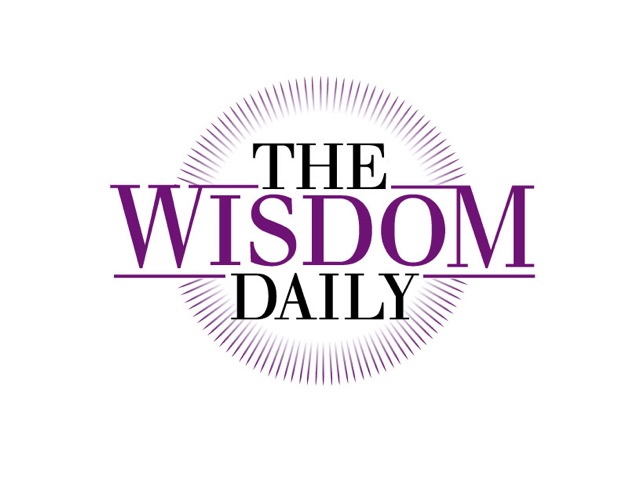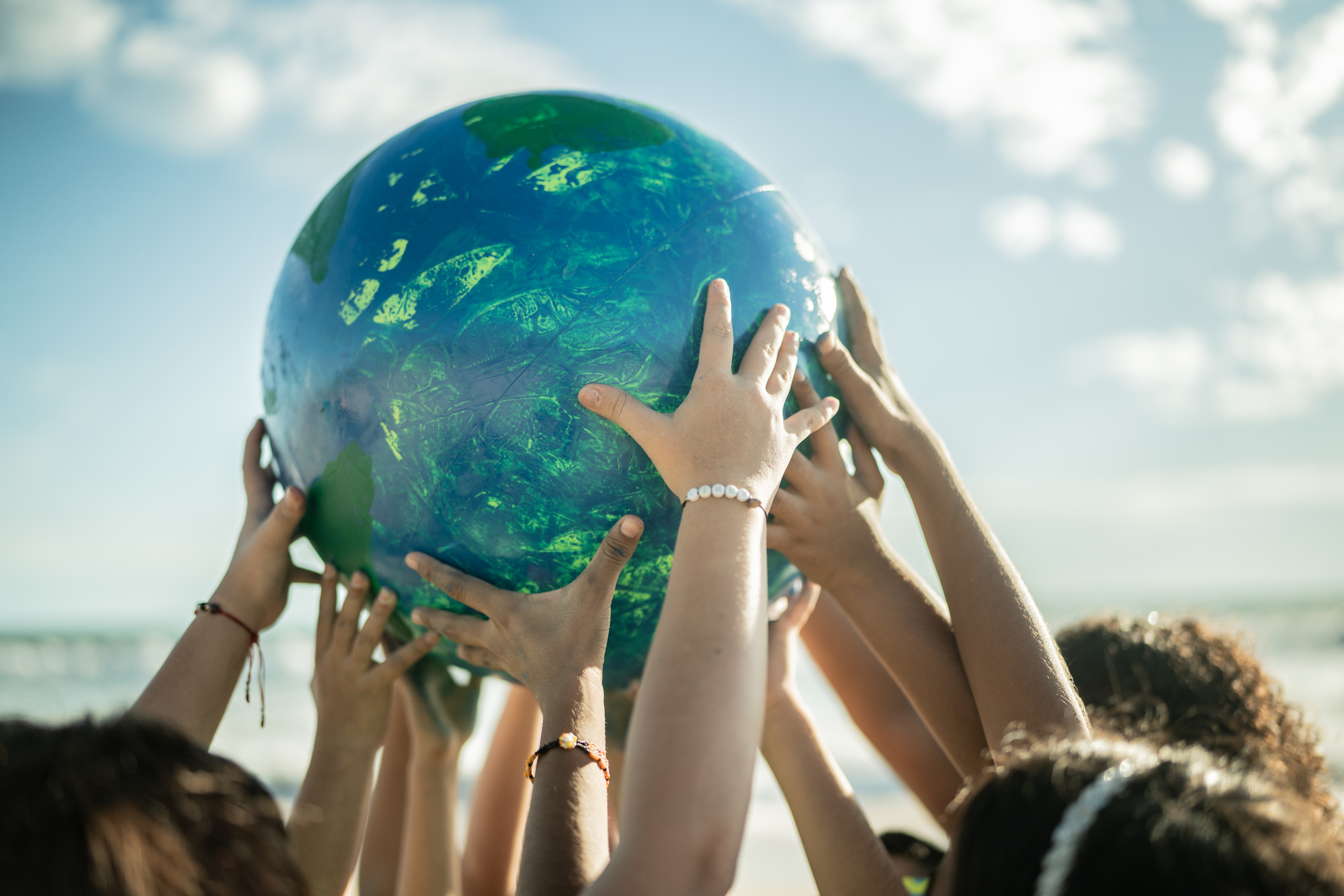Parashat Noach, like many of the parashiyot in Genesis, is chock-full of stories we know well. This week includes the stories of violence and lawlessness filling the earth (and, ironically, the Hebrew word used for this is hamas, although it is etymologically unconnected to the terror organization), the building of the ark and the preservation of animals, the devastation of the flood and the rainbow as a promise of hope; the building of the Tower of Babel. Yet one chapter in this portion is almost always ignored – Chapter 10, which lists the descendants of Noah’s sons, Shem, Ham, and Japeth.
The entirety of this chapter is a list of nations and peoples and their location in the known world at the time, corresponding (roughly) to the areas the ancient Israelites would have known about – Asia, Africa, and Europe. Even before the children of Israel are connected to the Promised Land, this entire chapter describes each of the seventy nations of the world and where they live. Indeed, many of the future relationships between the Israelites and the other nations and locations are described and foreshadowed here – Mitzrayim (Egypt), Canaan, Magog, Tarshish, the Jebusites, the Amorites, Sodom, Gomorrah, and even Gaza, which was home of the Philistines in the time of David.
While it might seem strange to list seventy nations when the Torah itself focuses on the people of Israel, in listing all of these other peoples, this long list is a reminder of two complementary ideas. First, it highlights that the people of Israel have a particular story that is ultimately focused on one family, as the end of this portion lists ten generations from Shem to Abram, leading to God calling him Abraham. Second, it’s a reminder that Israel is related to all the other nations of the world – even the ones it goes to war with. We are part of a larger human family, and each nation has their own history, connection, and relationship to their own specific land.
Judaism has always struck a balance between the universal and the particular. On the one hand, everyone is part of a larger human family, all of us created in the image of God – and this is mentioned multiple times in Genesis (1:26, 5:3, and 9:6). On the other hand, for most of antiquity, particular tribes were strongly linked to specific places, and as Judaism developed over the millennia, our sacred texts and our connection with Israel became even more intimately linked. And we can’t – and shouldn’t – ignore that fact.
It’s very easy to celebrate the abstract notion of “humanity.” But a love of others starts with a love of those closest to us. It’s the equivalent of saying, “I love my kids”; It’s perfectly reasonable and expected to care more about our family and their well-being, and spend more time, energy, and resources on them, than we do on others. Yet at the same time, we also need to realize that other people will care more about their families, as well.
As Professors Jay Van Bavel and Dominic Packer write in their book The Power of Us, we are inherently tribal – and while we can easily understand how tribalism creates division, it also creates solidarity, hope, and connection, and one we can find across different levels.
Research linking current-day attitudes to historical circumstances makes it clear that there are unlikely to be any quick fixes when it comes to problems of racism and other forms of bias. Yet understanding the psychological roots of bias can shed light on potential pathways for reducing it. The psychology of social identity can be used to bridge divides rather than create them. Given our species’ capacity to form identities around new groups, finding different ways of dividing up the social world can have positive effects. Indeed, creating new identities can reshape the automatic mind. (p. 157).
The story of the Torah and the people of Israel is the Jewish people’s particular journey and particular narrative. But it doesn’t mean that it’s the only one, or the universally true one, or the one that’s “correct.” The list of nations in Genesis, Chapter 10 is a reminder that every other nation of the world has their own perspective, history, struggles, victories, and defeats, as well.
Van Bavel and Packer’s research refers to principles enumerated as far back as the Mishnah. Acknowledging our in-group bias, instead of averting our eyes from it, is necessary to understanding how we form empathy for others. Earlier this week, Rabbi Rachel Timoner wrote this piece from the New York Times that creates some nuance on a quotation that is often celebrated yet often edited. Many of us have heard the phrase, “Whoever saves a single life, it is as if they saved an entire world.” As Rabbi Timoner notes,
One of the things that has always troubled me about this very universal text is that some versions of it don’t actually say, “Saving a life is like saving an entire world.” They say, “Saving a life among the people of Israel is like saving an entire world.” When I first studied this, I didn’t understand how a text that is about the very idea that all humanity comes from one ancestor could have this contradictory limitation — that it could be about saving Jewish lives.
I understand now why our ancestors said that to save a single life among Israel is to save an entire world, even as the meaning of the larger text is that every human life has equal value and that every life is worth the life of the whole world. Both are true. We start with us, but we must not ever end with us.
As we see the pain and horror throughout the Middle East right now, we need to be able to understand and hold both our particularity and our connection to our own history, as well as our universal connection to all humankind. It’s certainly not easy right now, but as the list of nations of the world in the Torah reminds us, each person and each nation is unique with their own history, including ours. And that’s something that is shared with us all.

Rabbi Geoffrey A. Mitelman is the Founding Director of Sinai and Synapses, an organization that bridges the scientific and religious worlds and is being incubated at Clal – The National Jewish Center for Learning and Leadership. He was ordained by the Hebrew Union College-Jewish Institute of Religion and served as Assistant and then Associate Rabbi of Temple Beth El of Northern Westchester. In addition to My Jewish Learning, he’s written for The Huffington Post, Science and Religion Today, and WordPress.com. He lives in Westchester with his wife, Heather Stoltz, a fiber artist, and their daughter and son.

